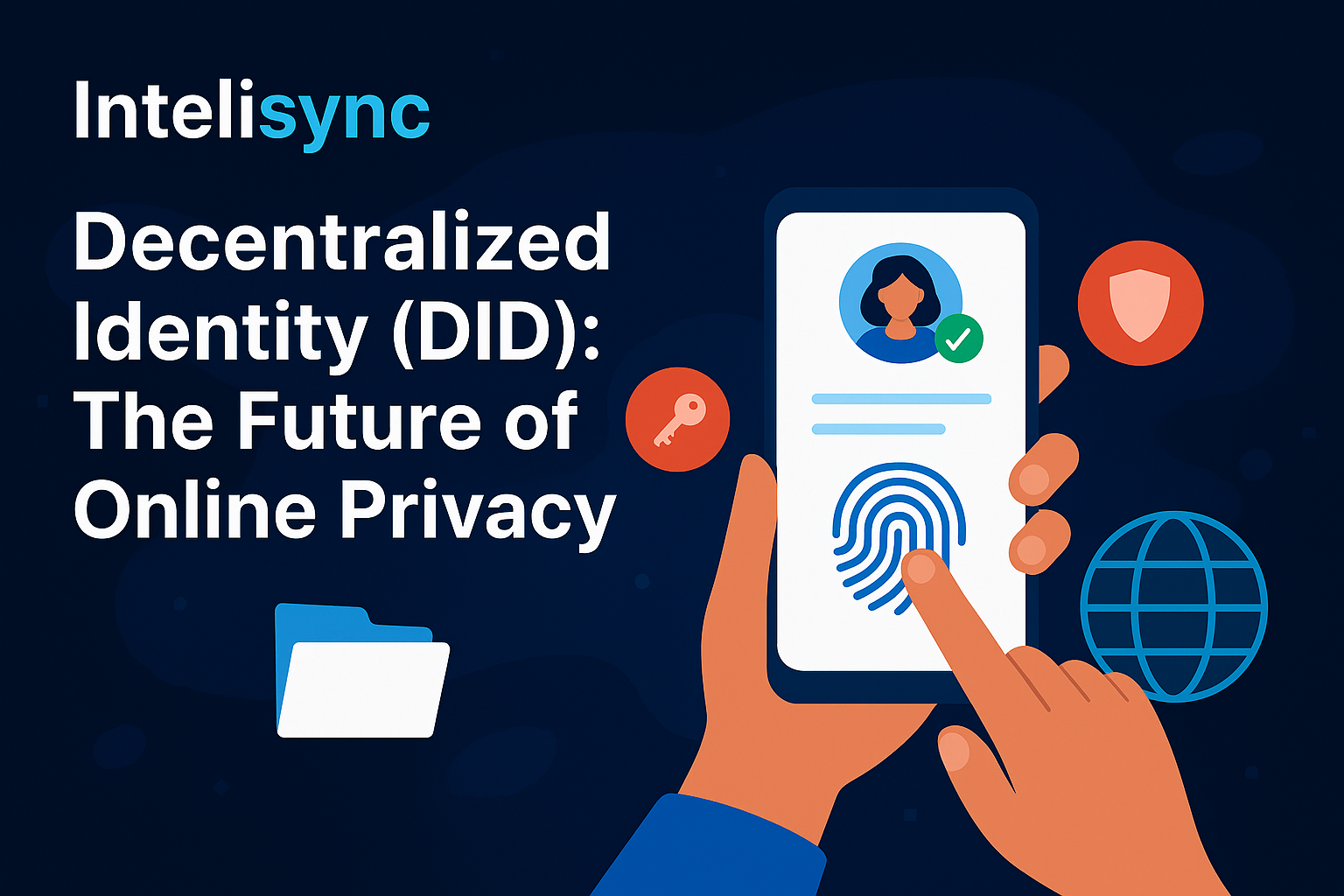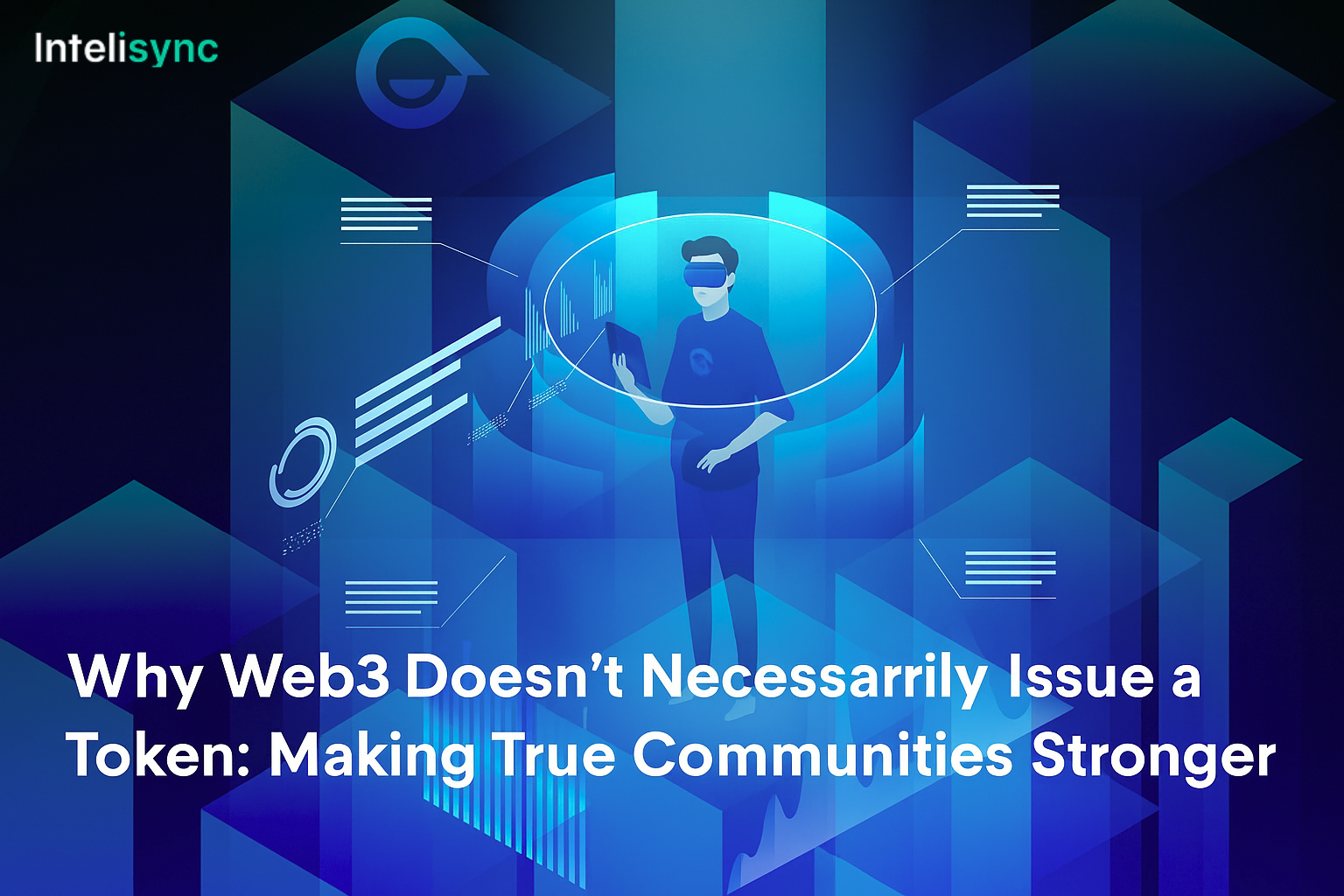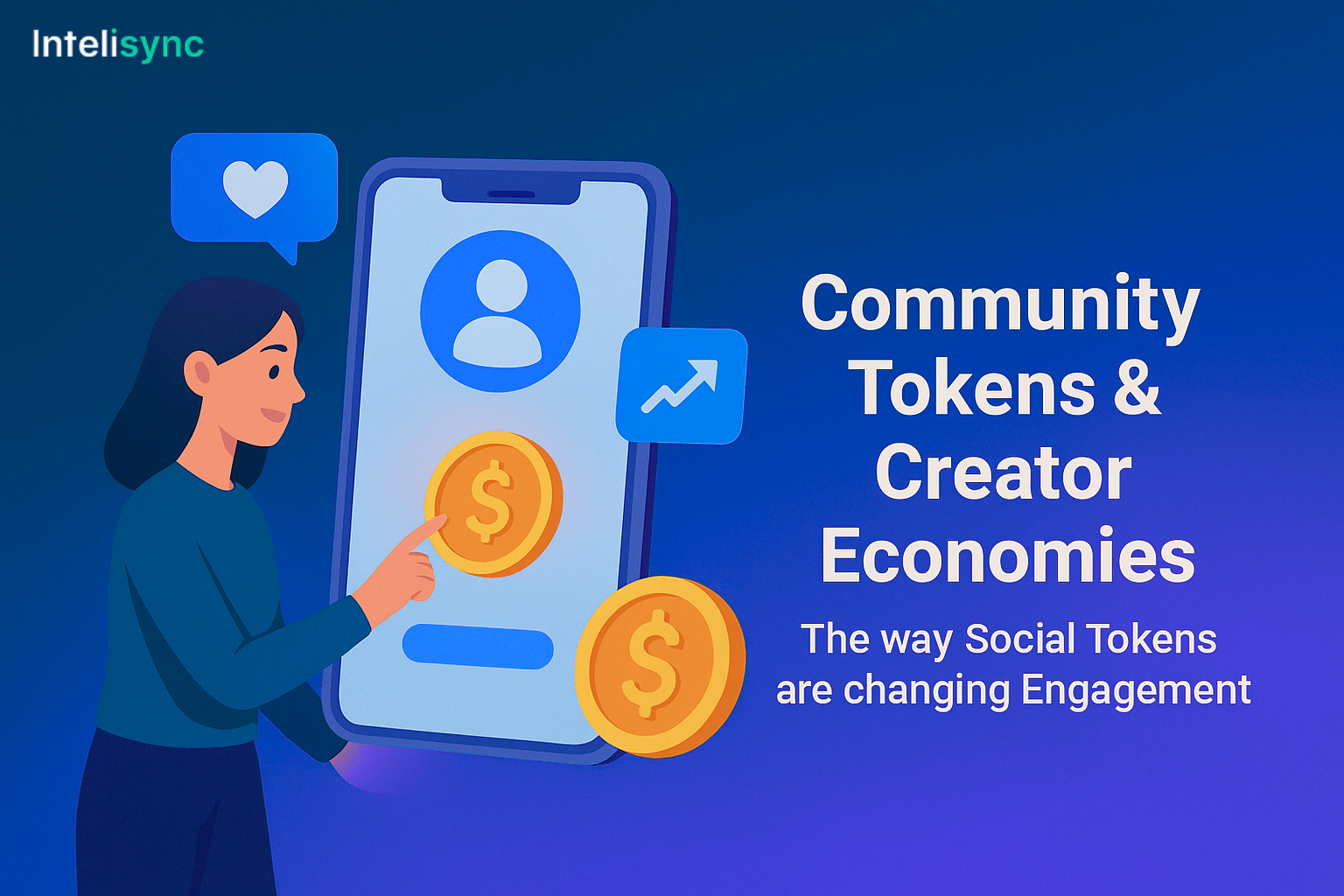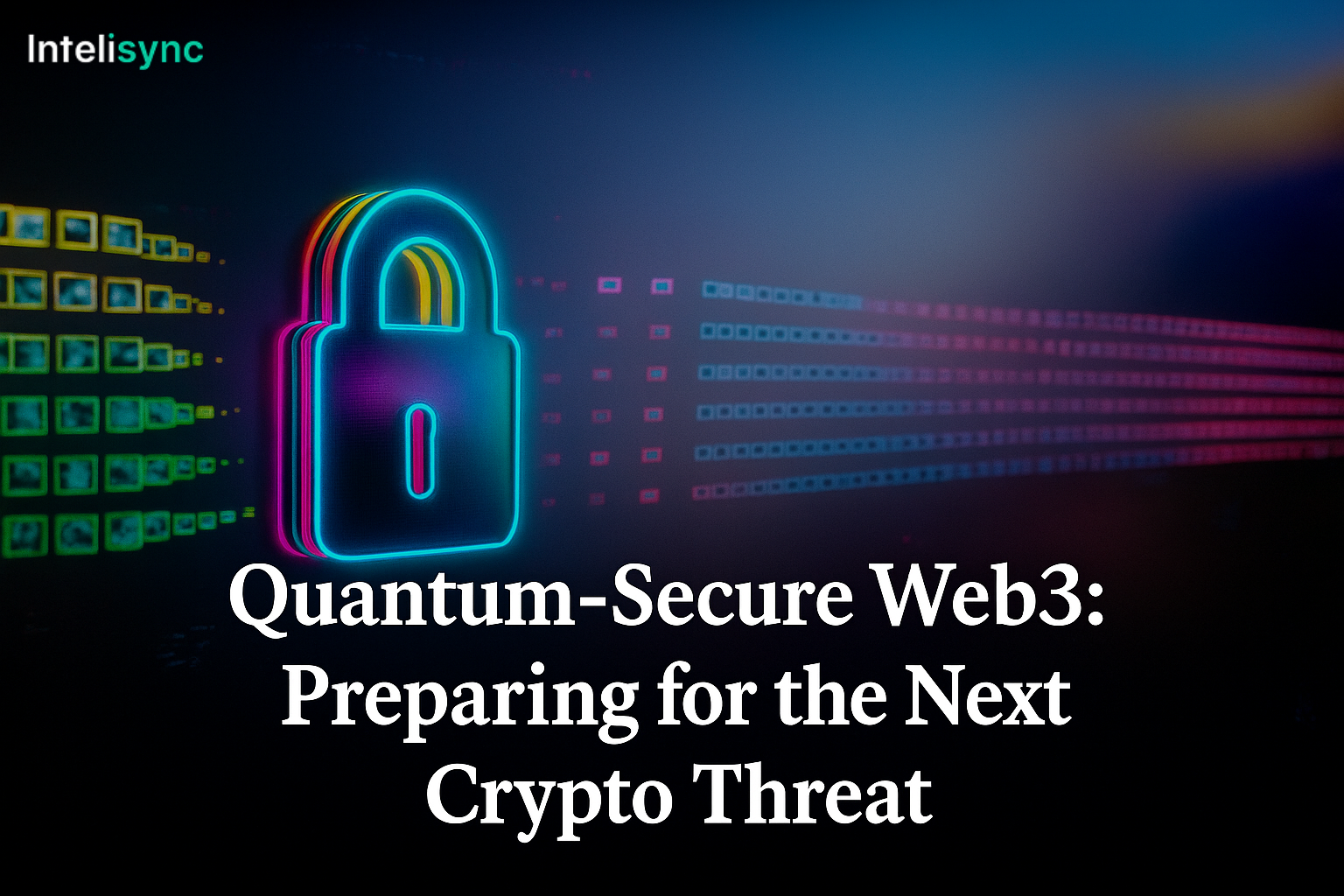Once upon a time, logging onto the internet didn’t mean juggling dozens of accounts. That simplicity is long gone. These days, everything is gated Google for YouTube, Facebook for Instagram, Twitter just to peek at posts.
What’s left is a messy digital identity system. A handful of companies sit on top of it all, and they haven’t exactly earned trust. Breaches keep happening, personal data gets passed around like a commodity, and control is rarely in the hands of the people it actually belongs to.
Decentralized Identity, or DID, is trying to turn that arrangement upside down.
What Is Decentralized Identity (DID)?
At its heart, DID is like a passport that belongs only to its holder. No government stamps, no corporate ownership, no switch that someone else can flip off.
The backbone is blockchain, but the important part isn’t the tech it’s the shift in control. Instead of leaning on companies to confirm who someone is, DID allows that verification to happen directly. No middle layer deciding what gets shared.
Problems With Today’s Digital Identity Systems
Today’s setup is full of weak spots. People reuse the same password across dozens of platforms, and leaks are constant. Equifax, LinkedIn, Facebook hardly a month goes by without another breach.
Beyond security, the bigger issue is dependence. An account suspension can lock someone out of their digital life in seconds. Lose a Google login and suddenly banking, email, photos, even work accounts are all gone.
Then comes the privacy trade-off. Every click, purchase, and search is tracked, bundled, and sold. Identity isn’t treated as personal property anymore it’s an advertising product.
How DID Functions in Practice
The mechanics start with a decentralized identifier, essentially a cryptographic key pair registered on a blockchain. The blockchain itself doesn’t store personal details just a reference. The real information lives elsewhere: on a phone, on IPFS, or with a service provider that can be swapped out at any time.
The crucial piece is control of the keys. From there, specific credentials can be issued digital certificates that prove one fact without handing over everything else.
Picture an online alcohol purchase: instead of uploading a full ID, a credential simply states “over 21.” Nothing more, nothing less.
What Makes This Powerful
Selective disclosure is the breakthrough. Current systems share far more than necessary. DID trims it down to only what matters in a given moment.
It also weakens the constant tracking across platforms. Multiple identifiers can exist for different contexts, preventing services from stitching together a single, unified profile unless the holder chooses to link them.
Signs of Adoption
This isn’t just theory. Estonia has already explored blockchain-based identity. Microsoft folded DID into Azure. The EU is building its Digital Identity Wallet, while Canada and U.S. states run pilots for digital credentials.
Private firms are testing DID for employee badges, supply chains, and customer onboarding. Gaming companies are interested in making in-game assets transferable across titles. Healthcare looks promising too patient controlled medical records and verifiable professional credentials.
Hurdles Ahead
The concept isn’t without friction. Managing keys is far from user-friendly. Lose the private key, and recovery is nearly impossible. Interfaces will need to hide this complexity.
Compatibility is another sticking point. Different DID frameworks don’t always speak the same language. Standards are being hammered out, but the ecosystem is still fragmented.
And then there’s adoption itself. Without enough users, services hesitate to integrate DID. Without enough services, users hesitate to adopt it. Breaking that cycle will take early movers.
The Direction Things Are Moving
Despite the hurdles, the shift seems inevitable. Too many people are tired of handing control to platforms, and businesses are just as eager to reduce risk around storing sensitive information. Regulators are also pushing harder for privacy-first solutions.
The rollout won’t be immediate. Early adopters will experiment first, while most people stick with the systems they already know. But little by little, the balance is changing.
In the long run, the idea of Facebook or Google owning digital identity may feel as outdated as an AOL login. Ownership will shift back to individuals portable, private, and secure.







